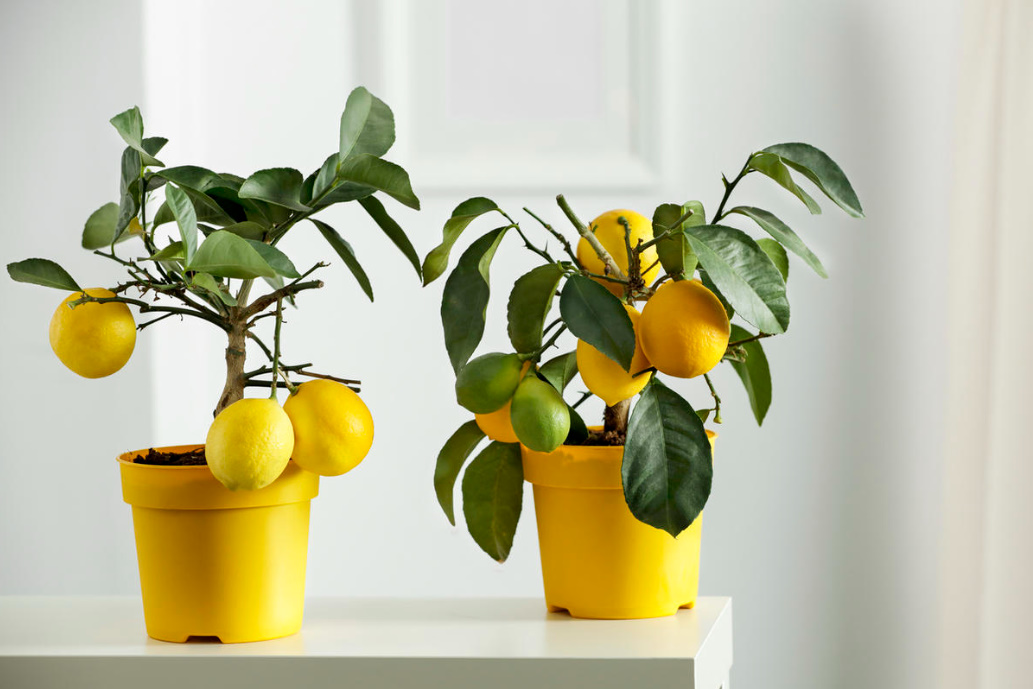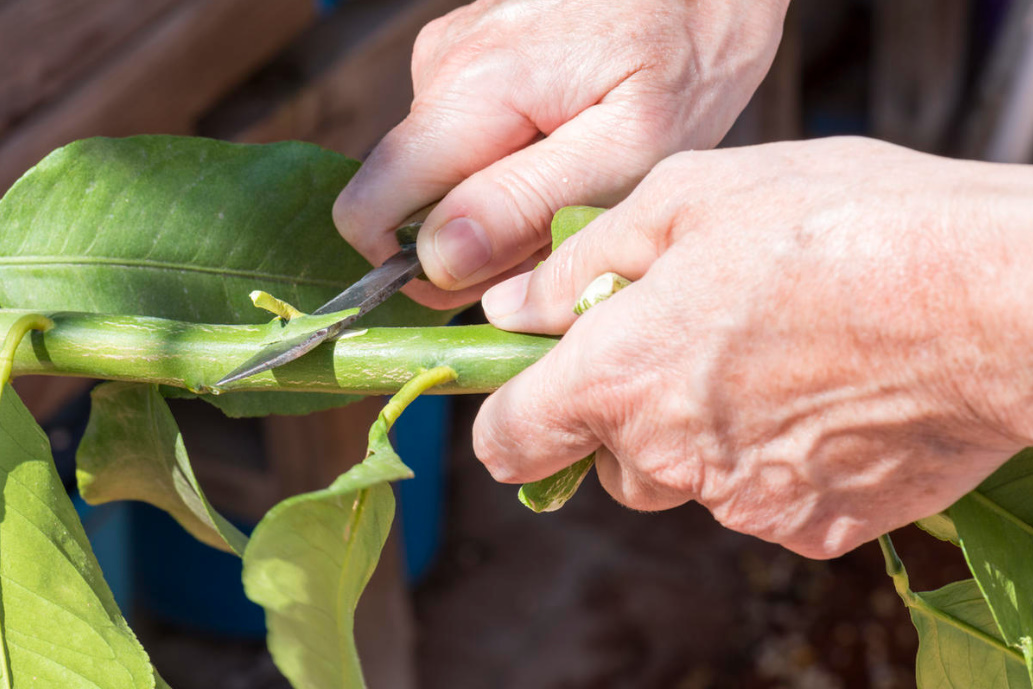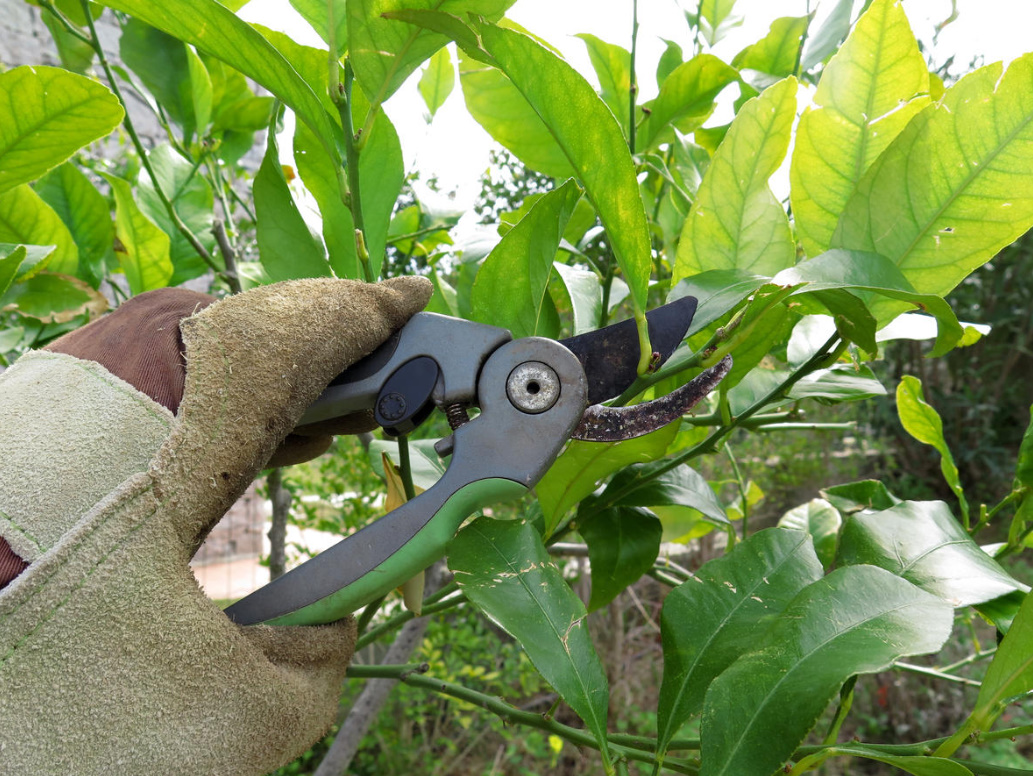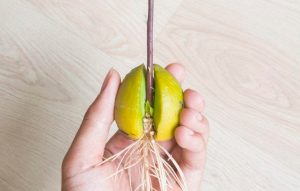
Many growers are wondering how best to propagate citrus fruits. Since there is no definite answer to this question, I want to tell you about my observations and conclusions.
To begin with, let me remind you that inoculation is the transfer of a part of one plant (cuttings or buds — graft) to another plant (rootstock) for mutual accretion. And cuttings are a method of obtaining root—related plants by rooting a part of the plant (cuttings).
There are several main options for vaccinations: in the cleft, oculation, copulation.
I use the first option – vaccination in the cleft. But even this simple method of reproduction requires experience and skill and is not subject to everyone.

Propagation of citrus by cuttings: pros and cons
It is believed that the easiest way to propagate citrus fruits is rooting cuttings. However, there is one “but” here, since not all citrus fruits are easily rooted. Lemons, citrons, and pomelo are considered the most easily rooted. Worse — orange and grapefruit. Tangerines, kumquats, limes practically do not root. So much for the significant disadvantage of cuttings — not everything can be rooted.

Citrus fruits are rooted in different substrates. To do this, use a light peat-based soil, coarse-grained river sand, perlite, vermiculite or just water (however, cuttings can quickly rot in water). Personally, I root the cuttings in vermiculite, having previously soaked them in a concentrated solution of a root formation stimulant for about 10-12 hours. To do this, I dilute 1 tablet in 500 ml of water.
But you still need to choose the right time of year for this procedure. Best of all, based on my personal experience, rooting occurs from May to September. By the way, vaccinations take root better and grow together in the same time frame. But it still depends on the conditions in which rooting and grafting take place. Citrus fruits need warmth, light and constant humidity. However, even strict compliance with all these conditions does not always yield a good specimen of a particular plant.
Reproduction of citrus fruits by grafting
An important role here is played by high-quality material. In the case of vaccination, both the rootstock and the graft should be healthy, without obvious signs of pests and diseases. As a rootstock, you can use both a seedling grown from seeds and an already rooted stalk, taken, for example, after the forming pruning of a citrus.

Many growers believe that the rootstock grown from seeds is the most viable, it has a powerful root system and it is already adapted to the climatic conditions in which it grew.
I partly agree with this. But what if we need to be vaccinated “here and now”? Wait for the rootstock of the desired diameter to grow from the seed? It’s a very long time.
In this case, you can use a rootstock from a rooted cut. In my opinion, such a rootstock is no worse than a seedling, and in some ways even better. It all depends on what kind and variety of citrus was taken as a rootstock.
Personally, I like to use for this purpose varietal fruiting Citrus macrophylla, which I specially cut into cuttings and root for subsequent vaccinations. The cuttings of this plant take root very quickly and grow the root system just as quickly. Citrus fruits grafted on macrophylla grow together very quickly and grow just as quickly. I checked this personally with the help of a home experiment.
My home experiment
So, a year and a half ago, I ordered a lemon of the Lisbon variety by mail. The seller told me that this lemon is grafted on a lemon seedling. And until today, it has practically not grown. From which I concluded that the graft and the stock were incompatible. Therefore, I decided to experiment and re-twist this lemon into a macrophyll (I had a rootstock of the right diameter).
I was vaccinated in the spring of the year before last. The accretion of the rootstock with the graft occurred very quickly — within a month. I was vaccinated in a cleft. And the result was not long in coming. After another month, the vaccination actively began to grow. Another wave of growth was observed over the summer. As a result, the difference in growth is obvious: the lemon ‘Lisbon’, grafted on the rooted cuttings of citrus macrophylla, surpassed in growth the same variety of lemon grafted on the seedling (photo below).

Based on the results of this experiment, it can be concluded that in one case, the rootstock and the graft may be incompatible, in the other, the compatibility is complete. And this is already a minus to vaccination: not every citrus can be grafted on citrus.
So in the matter of citrus reproduction, everything is very individual. The main thing here is not to be afraid to experiment, and you will be happy in the form of a fruit—bearing tree!




Leave a Reply